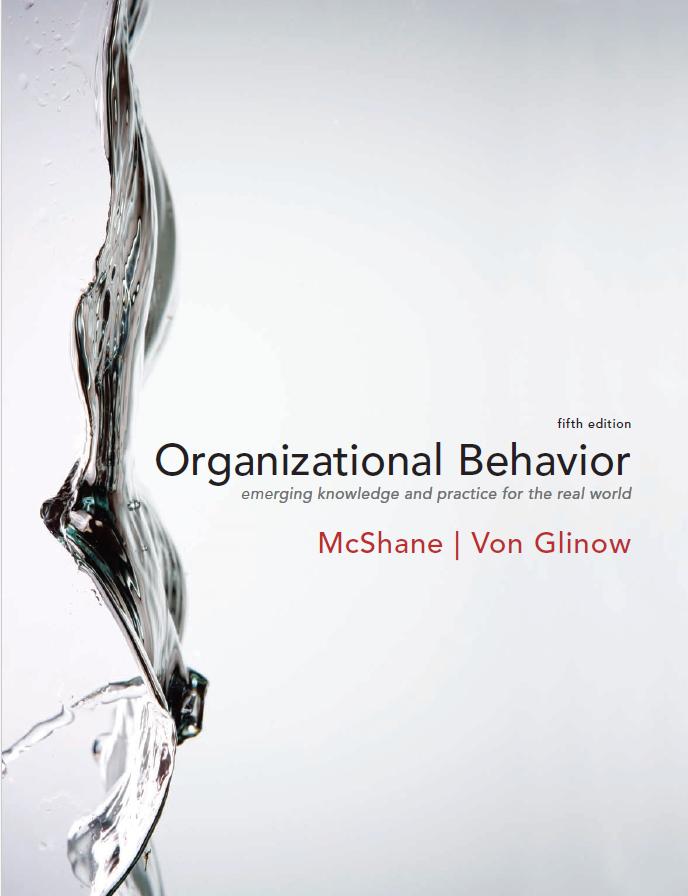You are the head of research and development (R&D) for a major beer company. While working on
Question:
incident 2 Coast Guard Cutter Decision Problem
You are the captain of a 200-foot Coast Guard cutter, with a crew of 16, including officers. Your mission is general at-sea search and rescue. At 200 A.M. this morning, while en route to your home port after a routine 28-day patrol, you received word from the nearest Coast Guard station that a small plane had crashed 60 miles offshore. You obtained all the available information concerning the location of the crash, informed your crew of the mission, and set a new course at maximum speed for the scene to commence a search for survivors and wreckage. You have now been searching for 20 hours. Your search operation has been increasingly impaired by rough seas, and there is evidence of a severe storm building. The atmospherics associated with the deteriorating weather have made communications with the Coast Guard station impossible. A decision must be made shortly about whether to abandon the search and place your vessel on a course that would ride out the storm (thereby protecting the vessel and your crew, but relegating any possible survivors to almost certain death from exposure) or to continue a potentially futile search and the risks it would entail.
Before losing communications, you received an update weather advisory concerning the severity and duration of the storm. Although your crew members are extremely conscientious about their responsibility, you believe that they would be divided on the decision of leaving or staying.
Discussion Questions (for both incidents) 1. To what extent should your subordinates be involved in this decision? Select one of the following levels of involvement: • No involvement: You make the decision alone without any participation from subordinates. • Low involvement: You ask one or more subordinates for information relating to the problem, but you don't ask for their recommendations and might not mention the problem to them.
• Medium involvement: You describe the problem to one or more subordinates (alone or in a meeting) and ask for any relevant information as well as their recommendations on the issue. However, you make the final decision, which might or might not reflect their advice.
• High involvement: You describe the problem to subordinates. They discuss the matter, identify a solution without your involvement (unless they invite your ideas), and implement that solution. You have agreed to support their decision.
2. What factors led you to choose this level of employee involvement rather than the others?
3. What problems might occur if less or more involvement occurred in this incident (where possible)?
Fantastic news! We've Found the answer you've been seeking!
Step by Step Answer:
Related Book For 

Organizational Behavior Emerging Knowledge And Practice For The Real World
ISBN: 9780077379438
5th Edition
Authors: Steven McShane, Mary Von Glinow
Question Posted:





